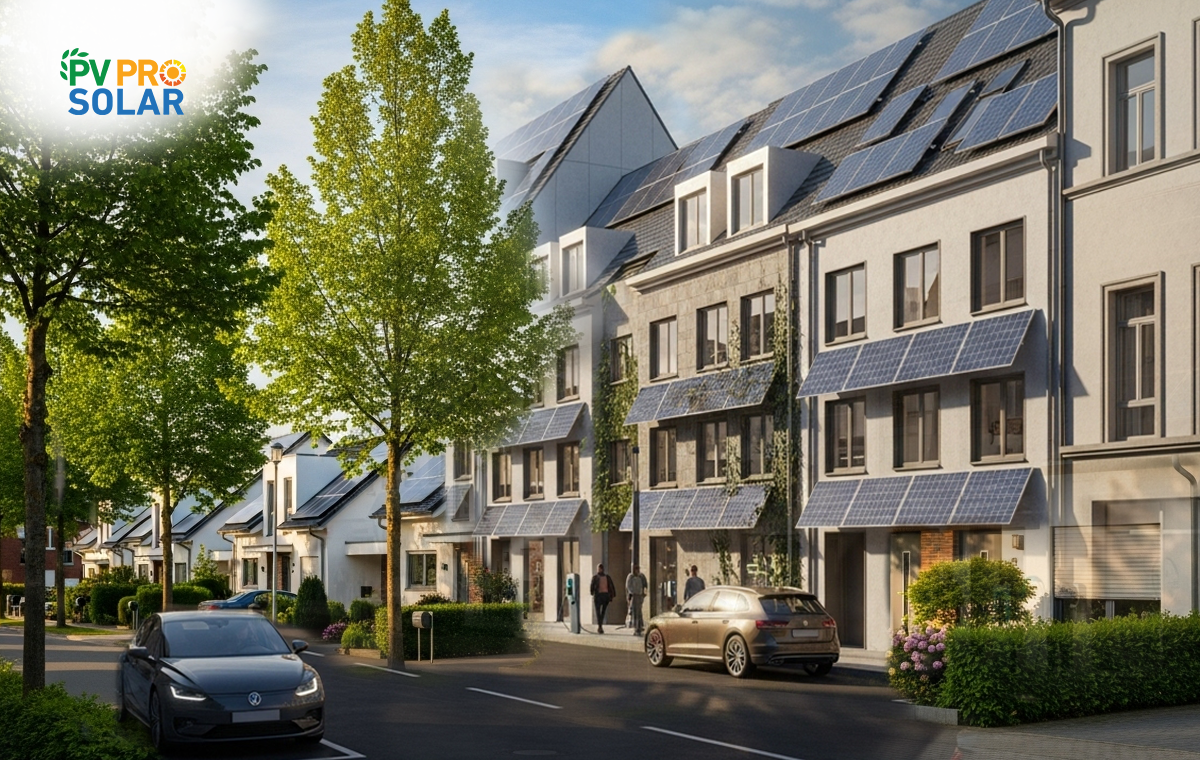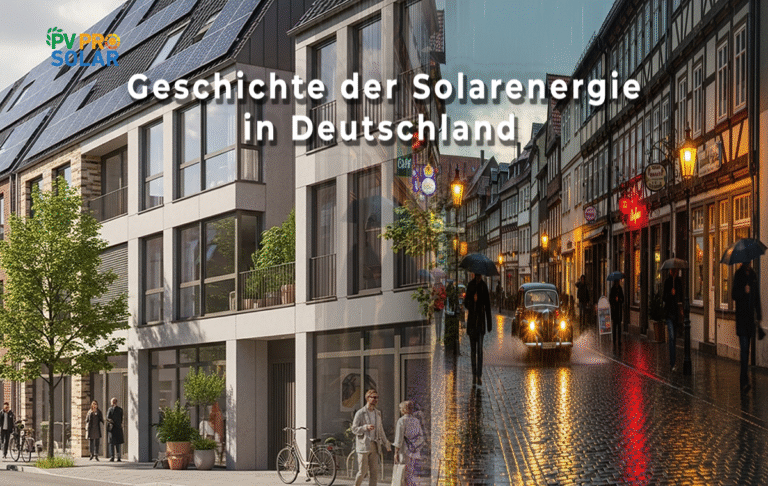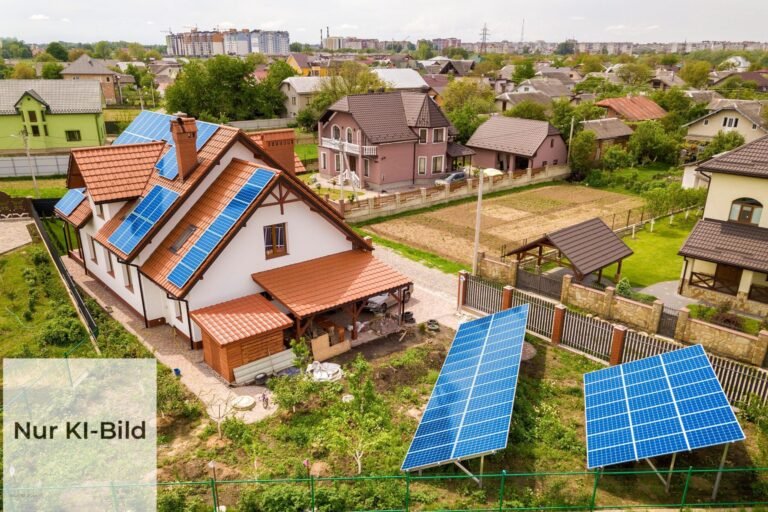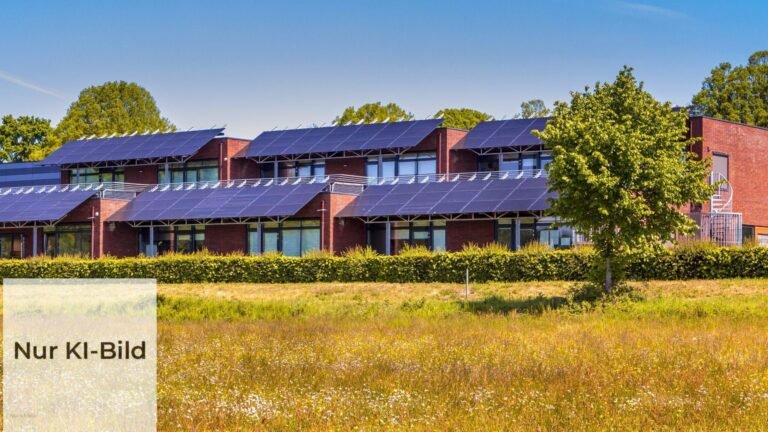Solar Panels in Goslar: Where Heritage Meets Green Innovation
Nestled at the foot of the Harz Mountains, Goslar is not just a jewel of medieval architecture—it’s also becoming a quiet pioneer in sustainable energy adoption. As Germany accelerates its Energiewende, even cities steeped in history like Goslar are proving that solar energy and cultural heritage can coexist.
In this guide, we explore how solar panels in Goslar are being integrated with care, creativity, and compliance—preserving beauty while powering the future.
Can Solar Panels Work in a Historic City Like Goslar?
Absolutely. While historic preservation laws in cities like Goslar are stringent, solar innovation has evolved. Today’s technologies offer discreet, roof-integrated solar panels, anti-reflective modules, and aesthetic integration methods tailored for listed buildings. Specialized mounting systems allow for non-invasive installations that preserve tile integrity and minimize visual disruption.
Solutions such as:
- Solar roof tiles (e.g., black matte PV modules)
- In-roof or balcony systems for non-visible surfaces
- Community solar gardens for protected zones
These innovations are increasingly adopted under local heritage guidelines, with approval from conservation authorities like Niedersächsisches Landesamt für Denkmalpflege.
Portrait of Goslar: A City of History and Forward Thinking
A UNESCO World Heritage Site, Goslar boasts over 1,000 years of architectural legacy, from the Imperial Palace (Kaiserpfalz) to the Rammelsberg Mine—symbols of Germany’s industrial and political past. With its population of around 50,000, Goslar combines historical charm with modern infrastructure, drawing tourists, conservationists, and now, green technology advocates.
This blend of old and new makes it an ideal showcase for photovoltaics in heritage settings.
Solar Demographics in Goslar
Despite conservation restrictions, solar adoption is growing in and around Goslar, especially in surrounding residential areas, public buildings, and newer commercial zones.
- Installed systems per capita (2024 estimate): approx. 1 per 25 households
- Average annual solar irradiation: ~1,100–1,200 kWh/m²
- Goslar’s solar target: 50% renewable electricity by 2030 (aligned with Niedersachsen’s climate goals)
- Local subsidies: Up to €2,000 in municipal co-funding for residential PV systems outside heritage core
- KfW and BAFA incentives: Available for private homes, EV integration, and heat-pump-ready solar setups
Initiatives like “Goslar Klimastadt 2030” further encourage eco-friendly urban transitions while respecting tradition.
Examples of Solar in Heritage Settings
While core heritage zones are tightly regulated, surrounding areas and adaptive buildings show how green tech is taking root in Goslar:
- Energy-efficient upgrades to the Goslar District Hospital, including a hybrid PV-thermal roof system
- Solar-assisted lighting in sections of the Rammelsberg World Heritage Museum
- Public schools like Grundschule Jürgenohl using rooftop solar to support educational sustainability
- Private heritage properties using PV-integrated tiles approved by the Lower Saxony Heritage Authority
PVPro Solar – Goslar’s Trusted Solar Partner
At PVPro Solar, we understand Goslar’s unique landscape—where medieval rooftops meet modern energy goals. Whether you’re navigating heritage permits or seeking optimal efficiency with minimal visual impact, our team provides:
- Customized PV planning for protected zones
- Discreet installations respecting conservation rules
- Full support with KfW, BAFA, and local funding
- End-to-end project management
Heritage deserves protection. The planet does too. Let’s bring both together—with PVPro Solar.
Yes, but installations on listed buildings within protected zones must be approved by the Denkmalschutzbehörde. Non-visible surfaces (rear roofs, garden buildings) are typically prioritized.
Depending on complexity and location, approval can take 4–12 weeks. Engaging experienced installers like PVPro Solar, who work closely with local authorities, can streamline this. Can I install solar panels on a historic building in Goslar?
How long does approval take for solar installations in heritage zones?








